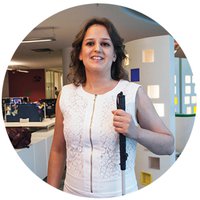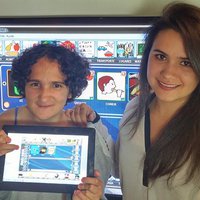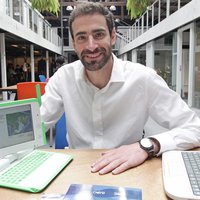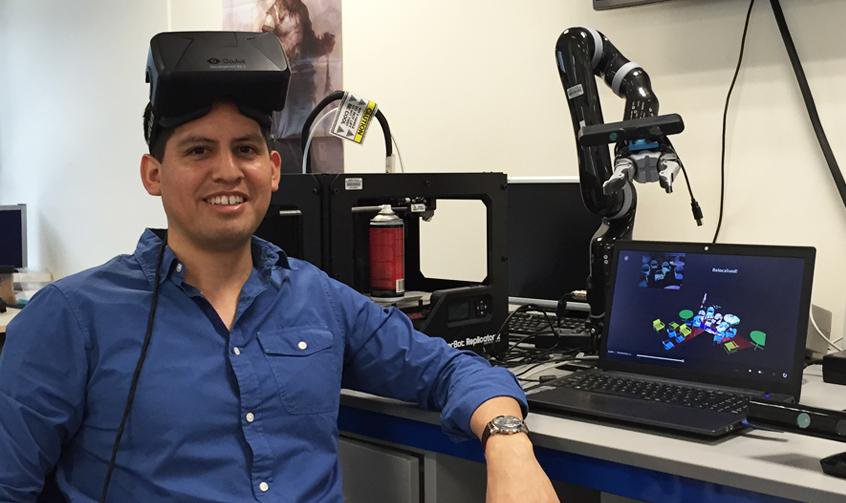"The desire to solve a problem affecting the videogame industry lead Renato Salas to develop a novel, real time, video imaging processing software that can reconstruct objects in 3D to create mixed reality environments. The possible uses for this software include controlling autonomous robots remotely, mixed realty systems like Oculus Rift, augmented reality applications for smart glasses like Google Glass and, of course, videogame design.
After finishing his Advanced Computer Science studies at the University of Bristol (England), Salas worked as a software engineer at a videogame company tasked with producing the complimentary materials for the James Bond film Skyfall. In order to reproduce the city of Istanbul (Turkey) with the highest possible degree of realism, each building was modelled based on photographs taken by a team sent to the Turkish city. This represented a long, tedious and expensive process in order to obtain a backdrop against which the characters could interact realistically. This is when Salas decided to search for an alternative solution within the fields of robotics and artificial vision.
A robot that moves autonomously and a character from a videogame have one problem in common: interacting with their surroundings. In a videogame, this information must be predefined in the form of a map, but a robot needs to create this map as it moves about. This is what is known as the problem of simultaneous localization and mapping (SLAM). Salas developed, as a product of his doctorate work at the Imperial College London (England), two software tools (SLAM++ and Dense Planar SLAM) that use a camera to register its surroundings and detect its boundaries in real time as well as the identity of the objects present.
Unlike previous approaches, Salas´ software does not start from scratch. The programmer explains: “Imagine that you are reconstructing a conference room full of identical chairs, why would you reconstruct each chair in a repetitive fashion, when they are all identical?” His system uses a database of objects it has already reconstructed, like a kind of artificial memory, which optimizes the rendering process in real time and “allows for a more fluid interaction between virtual elements,” as the engineer explains.
This database also assigns properties to the objects, from color and shape to the types of uses. This allows for the creation of mixed reality environments, a realistic representation in 3D on top of which functionalities can be added using the software, such as changing the appearance of the elements present in the room, the projection of a Facebook wall onto the reconstruction of a real wall and the creation of teleconferencing avatars capable of interacting with office furniture. The young Peruvian believe that these and other applications will become commonplace within the next five years, when the personal hardware achieves the necessary power of calculation.
The director of the Medical Imagery Laboratory at the Pontifical Catholic University of Peru and jury member for MIT Technology Review´s Innovators Under 35 Peru 2015 awards, Benjamin Castañeda, highlights that the technology developed by Salas “has innumerable applications in telepresence and virtual and augmented reality.” As proof of the technology´s potential, Surreal Vision, the Company founded by Salas and two former colleagues, was acquired by Facebook in May to be incorporated into Oculus VR."




